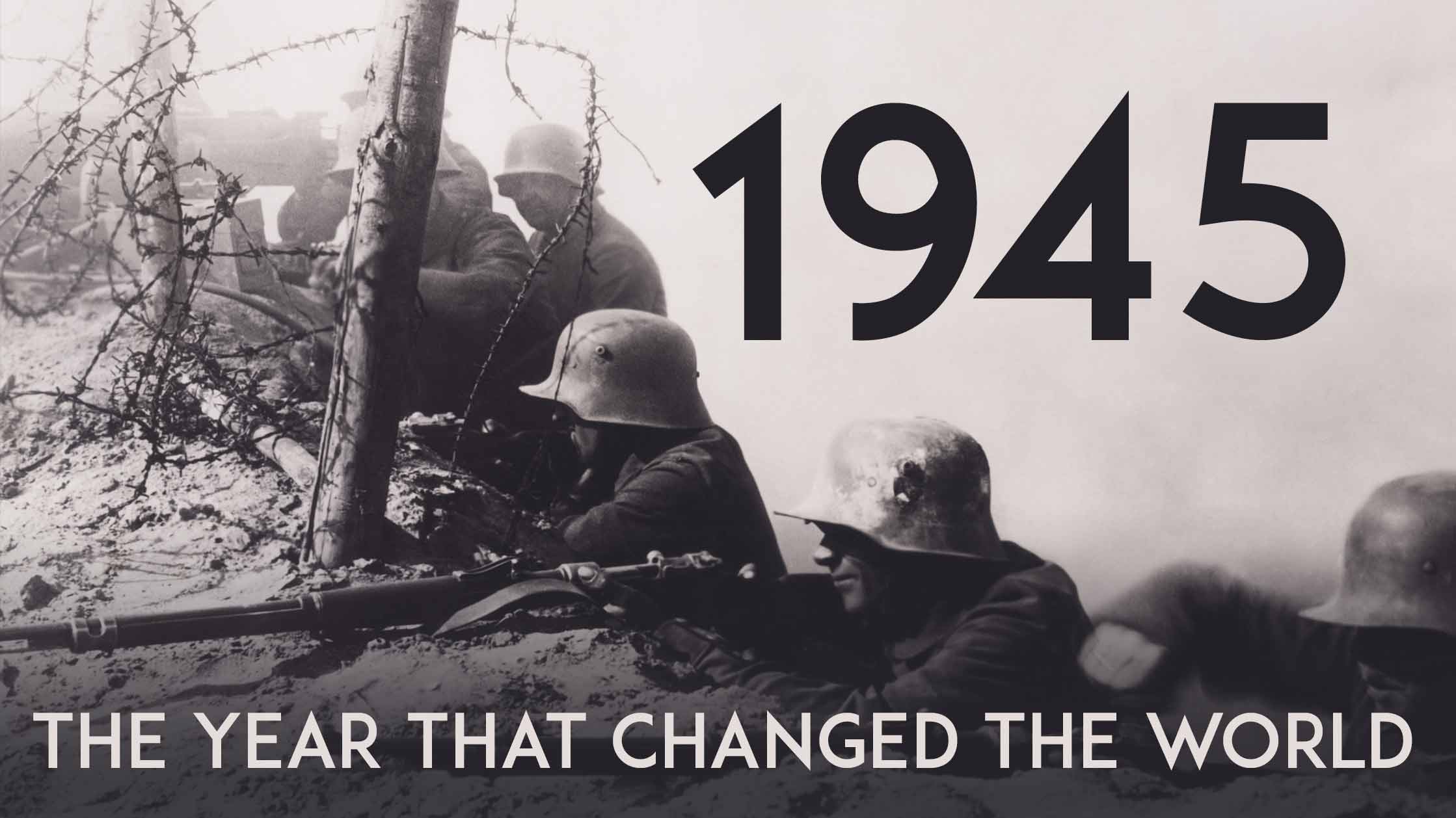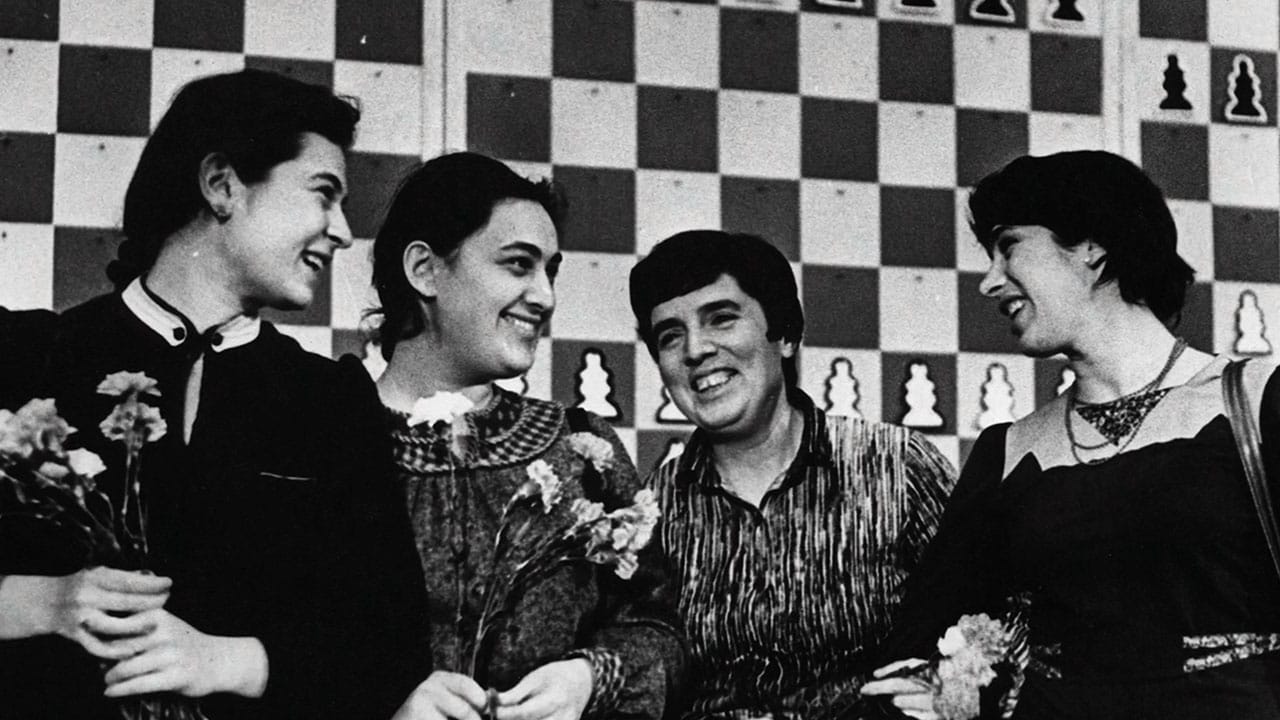Keywords: 1945, World War II, political alliances, power struggle, Soviet Union, Britain, America. Three words: Historical, Intriguing, Thought-provoking
Introduction
"1945: The Year That Changed the World" is a compelling documentary released in 2004, which delves deep into the historical events of that pivotal year. The film offers a detailed examination of the power struggle among the wartime allies - the Soviet Union, Britain, and America - and how their complex relationships shaped the global political landscape.
Synopsis
This documentary series chronicles the events of 1945, a year marked by intense negotiations and diplomatic maneuverings among the world's most powerful nations. The narrative thread of the series revolves around the power struggle over who will win the peace and how the fight between the big three wartime allies unfolds. It provides a unique insight into their respective approaches and reveals a cocktail of double-dealing that characterized this era.
More Film Analysis
Analysis
The documentary adopts a narrative style, drawing on historical evidence and expert opinion to analyze the political dynamics of 1945. The depth of research is commendable, and the exploration of the subject matter is comprehensive, shedding light on the intricate details of political alliances and power struggles.
Historical and Factual Context
The year 1945 marked the end of World War II and the beginning of a new global political order. This documentary provides an essential historical context, allowing viewers to understand the geopolitical implications of the events that shaped this period.
Key themes in the film
- Power struggles among nations
- Diplomatic maneuvering
- The aftermath of World War II
- The formation of new global alliances
Film Comparisons
Compared to other historical documentaries, "1945: The Year That Changed the World" stands out for its in-depth analysis of political dynamics among the world's superpowers. Its focus on the power struggle and diplomatic negotiations provides a unique perspective on this historical period.
Noteworthy Moments
One significant moment in the documentary is the revelation of the extent of double-dealing among the wartime allies, which underscores the complexity of their relationships and the precarious balance of power.
Reviews
The documentary has been well-received by audiences for its thorough research and insightful analysis. It holds a respectable IMDB score of 6.2, reflecting the positive response from viewers.
Conclusion
"1945: The Year That Changed the World" offers an intriguing exploration of a transformative period in world history. It is recommended for those interested in geopolitics, history, and international relations.
More film information:
FILM SUMMARY
- IMDB score: 6.2
- Rotten Tomatoes score: N/A
- Metacritic score: N/A
- Film festival awards: N/A
PERSONALITIES
- N/A
LOCATIONS
- Soviet Union
- Britain
- America
Key Questions Raised by the Film:
- What were the motivations behind the actions of the wartime allies in 1945?
- How did the power struggle among the Soviet Union, Britain, and America shape the post-war world?
- What were the implications of the double-dealing among the allies?
Links for Further Exploration:
I wonder what the film would be in another art form



- If this film was a famous book, it would be George Orwell's "1984" for its exploration of power dynamics and political maneuvering.
- If this film was a famous song, it would be "Imagine" by John Lennon, capturing the hope for peace in a turbulent time.
- If this film was a famous piece of art, it would be Pablo Picasso's "Guernica", a poignant reflection on the horrors of war.
- If this film was a famous celebrity, it would be Winston Churchill, a key player in the events of 1945.
- If this film was a color, it would be grey – symbolizing the uncertainty and tension of the period.
- If this film was a music style, it would be classical – complex, layered, and thought-provoking.
Watch the documentary
1945: The Year that changed the world










